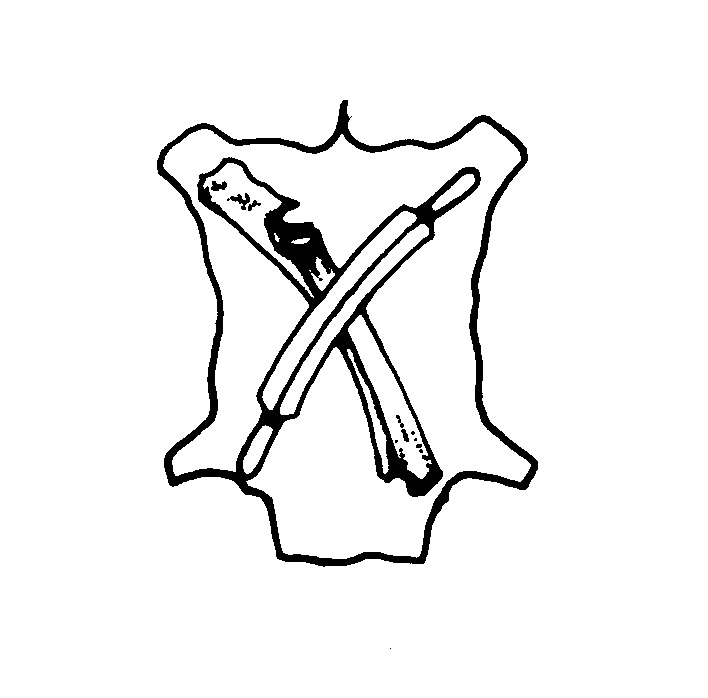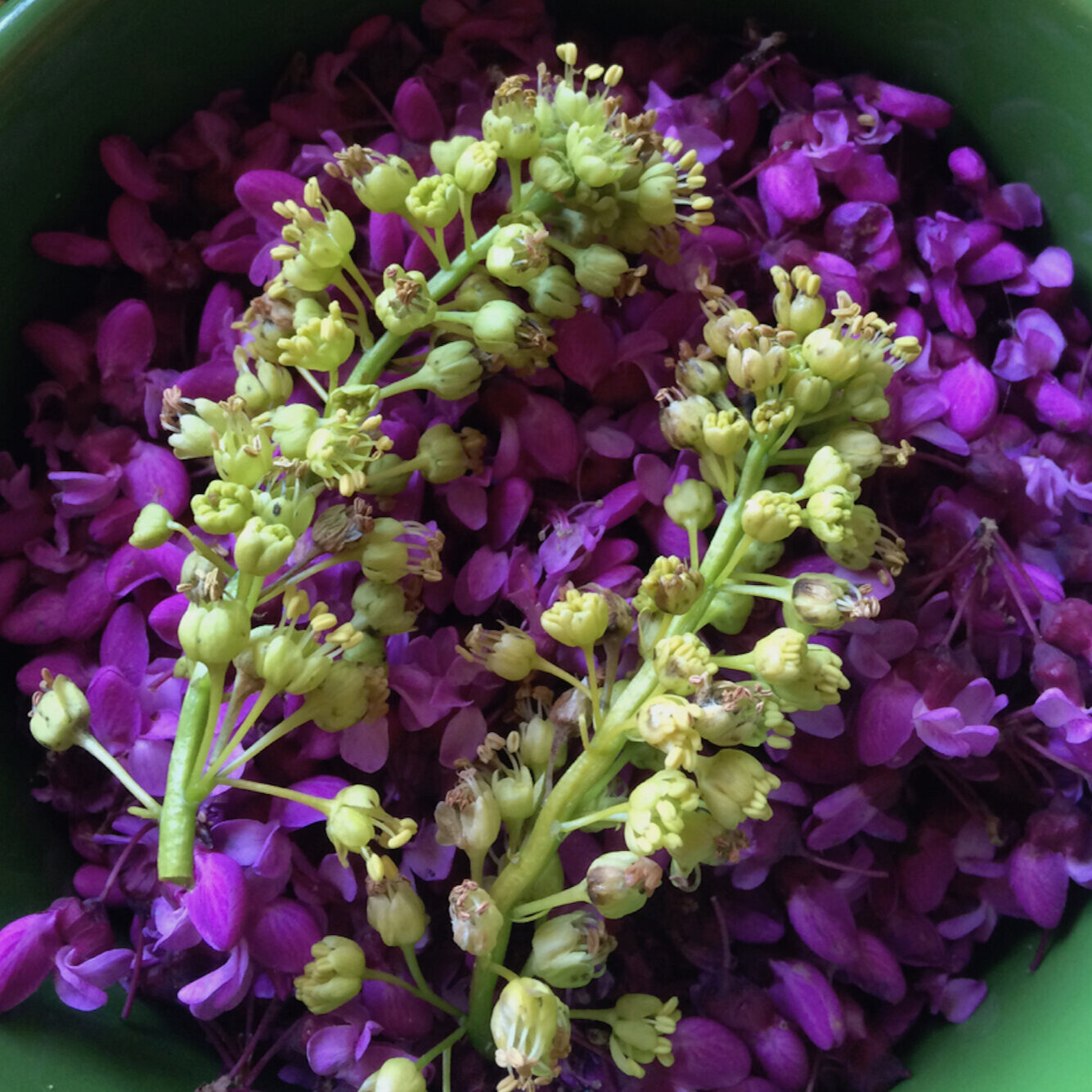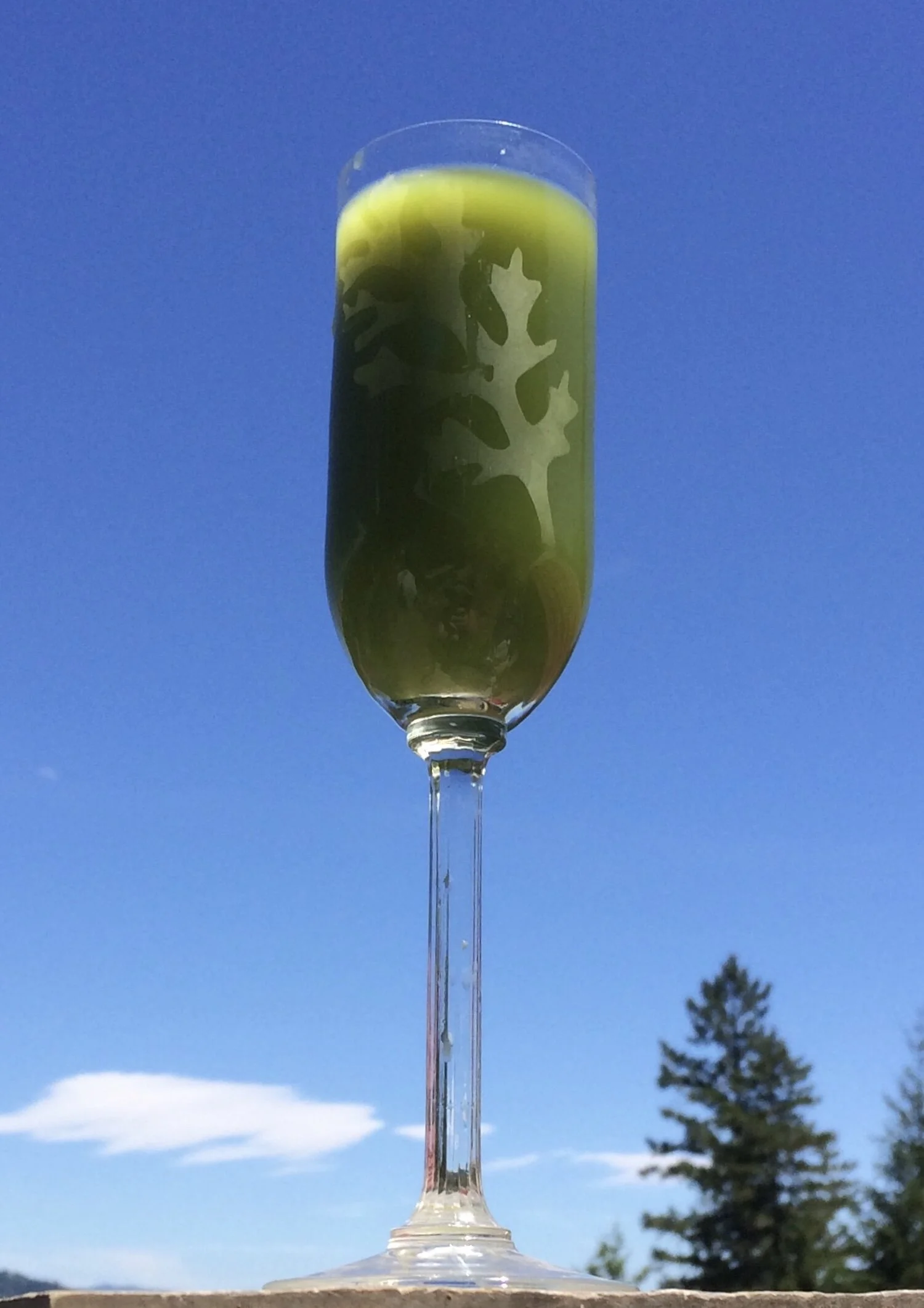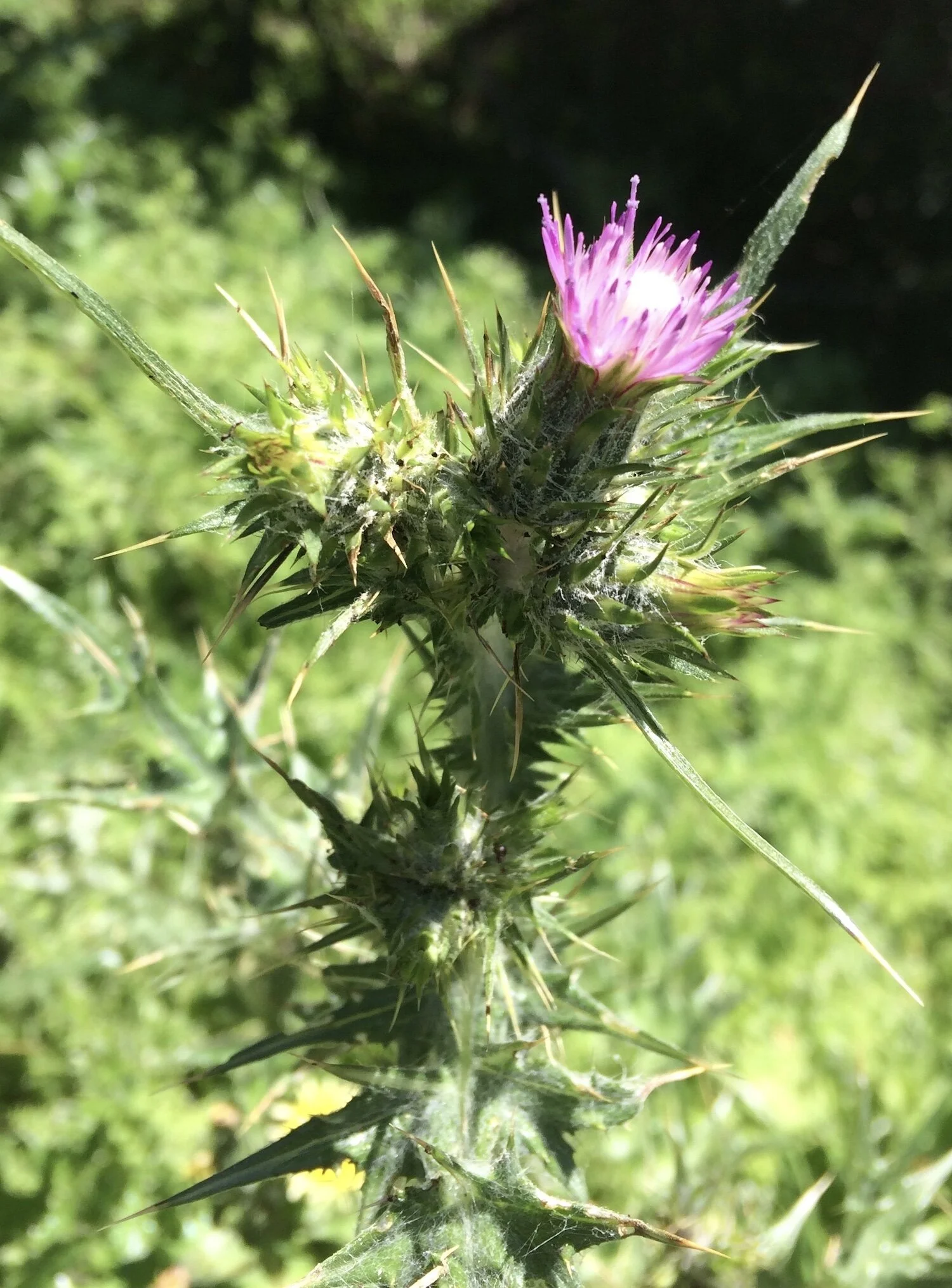Big Leaf Maple Plant Profile
Big Leaf Maples (Acer Macrophyllum), also known as Oregon Maples, are iconic trees native to the Pacific States, growing as far north as the southern edge of Alaska.
They are notable for many of their qualities, one of which is that they are among the most striking trees in the Northern California woodlands and often create huge open canopies stretching over vast spans in the dappled understory of mixed conifer forests such as giant redwoods, firs and oaks, especially near creeks and rivers.
The other big thing to know about Maples is that they are VERY EDIBLE!
LEAVES
In the early spring the new leaves emerge around the same time as flowers and though edible at any stage are most succulent when young. When the spring leaves gain full size, apparently the largest of any maple in North America, their bright green color forms a pattern in the forest canopy that catches the eye of passers by and creates a magical air. Then as the leaves mature, they take on a darker green color but continue to stand out due to their large size, their shape and their distinctive profile of 5 central lobes spread out like a hand. These mature leaves are an excellent way to wrap food for pit-baking in the ground and can also be used instead of grape leaves for making “dolmas”. In the fall, the maple leaves put on an impressive show of yellows as they change before falling from the tree and covering the ground below in thick layers, which feed the forest floor. Most people can easily recognize the familiar shape of a maple leaf due to the Canadian Flag, which is adorned with a stylized Sugar Maple leaf.
FLOWERS
The flowers form around the same time as the young leaves and hang below the leaf clusters in large racemes, which can be hard to miss on on a fully grown tree. Each raceme is actually a collection of numerous small white flowers all connected to a central shoot. Once they have formed small buds they are perfect for eating! These racemes are best picked whole (like a bunch of grapes) and are edible raw but especially delicious steamed, sauteed or made into “fritters”, tasting something like asparagus with a texture that is meaty and very enjoyable.
Maple Flower Fritters
Dip the raceme of maple flower buds in beaten egg, dust with flour mixture and brown in a pan of hot oil. The result is incredibly succulent and much more like a hearty vegetable than a flower. The flour moisture can be whatever feels good.
The last time I used a wheat flour, acorn flour mix which was delicious.
Once the flowers have opened and fall away easily from the stem when touched, it is too late to harvest them for eating in racemes, but the individual flowerlets can still be incorporated into foods such as omelettes, scrambled eggs or fritter cakes.
Read more about Maple Flowers on the new “Maple Flower Fritters Anyone?” Blog.
SEEDS (Samaras)
The seeds soon mature and create clusters of winged “samaras” which darken and then fall in pairs from the branches in a spiraling fashion much like a winged insect spinning around and around. Once on the ground, these seeds contan protein and provide essential food for a host of woodland creatures, includng humans who can enjoy them raw, steamed, mashed, roasted or dried. When green the whole winged pod can be eaten but as they mature you need to remove the kernel first. As they mature and turn brown, they can also get more bitter but are still ediible. Try them out as they are quite delicious.
SHOOTS
When established trees are either burned, damaged or cut down, they readily sprout and quickly grow long straight shoots which have long been prized for basketry by many native tribes across California, Oregon, Washington and British Columbia. This young growth is also browsed regularly by deer & elk.
WOOD
The fine grained wood is renowned for its many desireable qualities, often being called a strong soft “hard wood”, which makes it preferred for timber, furniture & carving and is my top choice for tanning beams.Since it also possesses a good resonance quality, it is used for making musical instrments, commonly taking advantage of natural grain patterns created in the wood which can be dramatic and which are sometimes dramatically enhanced or highlighted by fungus growth and/or spalting, which is when rot or bacteria penetrate the wood and create black lines following the grain.
BARK
In good moist conditions Big-Leaf Maple Trees can reach massive sizes and their bark becomes covered in large amounts of moss, lichens and ferns. Their inner bark cambium layer is full of nourishment as well as being fibrous and fairly strong enough to be used to make string and rope. Fiber can be collected from slabs of bark from dead trees or by “retting” the green cambium taken from live trees. Green bark is required to eat the cambium layer. As with any tree, remember that removing all of the bark in a ring will kill the tree; so a preferred technique is to prune off branches that you intend to use for other purposes and utilize the bark of that branch for food or fiber.
Slabs of the entire bark, both inner and outer, can be removed in the springs and shaped into stout bark containers.
SAP
Maples can be tapped for their sap and made into maple syrup but contain a lot less sugar than its Sugar Maple cousin and therefore require a lot more sap to get the same amount of syrup. The necessary weather conditions of successive warm days and extreme cold nights only happen a few times a year in most of the regions where it grows, but there are some areas where sap flow can be abundant and easy to harvest, especially in January or February.
The Big-Leaf Maple Tree is an essential member of our forest ecosystem.
The largest maple in North America, they can live to be 200-300 years old, need to be around a certain amount of moisture but cannot take regular heavy freezing; so are most often found within 200 or so miles of the coast and at lower elevations.
You will find them in good company with Madrones, Bays, Alders, Oaks, Cottonwoods and a variety of conifers.
Tamara Wilder © Paleotechnics 4/2019
www.paleotechnics.com








